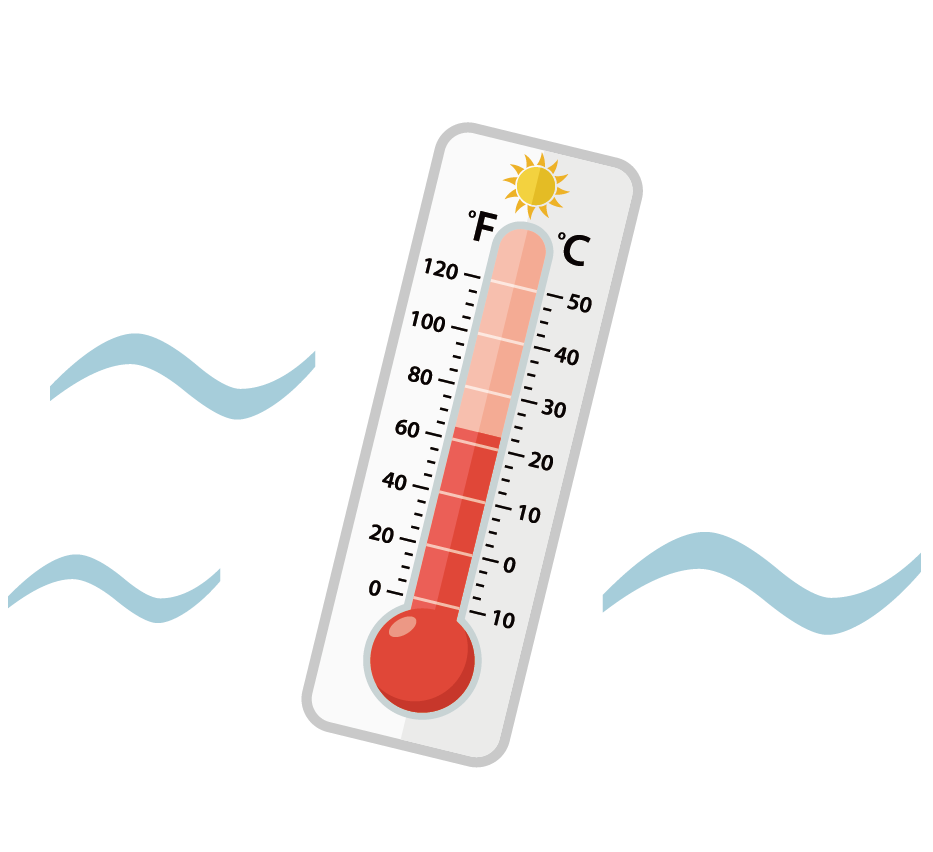
Proper storage of coveralls is essential for maintaining their protective features and ensuring their validity. By adhering to the following guidelines, users can maximize the efficiency of their coveralls and comply with safety standards.

Store in Dry, Clean Conditions in Original Packaging
Keep coveralls in their original packaging to protect against contaminants, moisture, and dust. Proper storage ensures the material remains in good condition until use.
Maintain Appropriate Temperature and Humidity Levels
Store at a temperature between 15°C and 25°C with relative humidity below 80%. High heat or humidity accelerates material wear and reduces performance.


Avoid Direct Sunlight, High Temperatures, and Solvent Vapors
Sunlight, heat, and solvent vapors can weaken or degrade the fabric. Always store coveralls in a cool, shaded place, away from these harmful exposures.

Adhere to the Specified Shelf Life
Coveralls are effective for up to 60 months from the date of manufacture if stored correctly. Check dates regularly and replace any items past their shelf life.

Understand Antistatic Limitations
Antistatic features may decline over time. Before use, confirm the coveralls meet the required performance standards for safety-critical applications.
By following these recommendations, users can extend the life of their coveralls while ensuring they remain safe and effective for their intended purposes.








